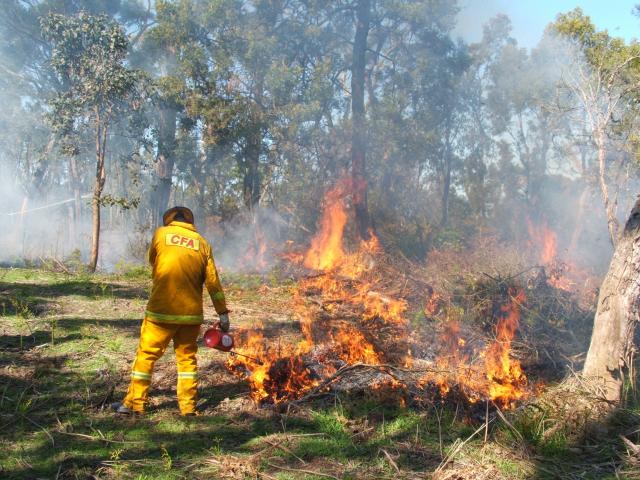CCTV cameras installed in 2011 have failed to reduce the sale or use of injecting drugs on Footscray streets, research has found.
The study by the Burnet Institute, based on a study of more than 680 injecting drug users, found the main effect of the cameras was to shift injecting heroin and “ice” use from public toilets on to streets farther from the cameras.
“It’s a complex issue, but it shows the cameras do little in terms of disrupting the drug market and fixing drug use issues.”
But Victoria Police and Maribyrnong council say the cameras – installed in 16 locations in Nicholson, Paisley and Leeds Streets at a cost of $1.1 million and live-streamed to monitors at Footscray police station – have provided a major boost in the perception of public safety and the ability of police to tackle violent crime such as robbery and assault.
Institute researcher and study author Nick Scott told Star Weekly the five-year study showed cameras had failed to shift injecting drug use from public spaces.
“It’s a complex issue, but it shows the cameras do little in terms of disrupting the drug market and fixing drug use issues.”
Dr Scott said supervised injecting rooms have been shown to be more successful at moving drug use off the streets, providing help to drug users and preventing the spread of disease.
The CCTV system was jointly funded by Maribyrnong council ($650,000) and the state government ($440,000).
Council community services director Clem Gillings said the council worked with local drug and alcohol services and police to minimise harm to the wider community and drug users.
“CCTV is one component of the package of community safety initiatives … along with positive activation of public spaces, police operations and presence, crime prevention through environmental design, service responses for drug users and syringe clean- ups,” Ms Gillings said.
The council is developing a CCTV policy and new alcohol and drug strategy.
Cameras aren’t just for drug crime
Footscray police’s Acting Inspector Jason Templar said the cameras were never introduced to deal solely with the drug trade.
“The initial reason was around improving community safety and they [the cameras] have been incredibly valuable.”
He said police had a number of strategies to reduce drug activity in central Footscray, including foot patrols and regular “street sweeps”, but the location of a number of health support services meant the area remained a magnet as a “one-stop-shop” for injecting drug users.
Acting Inspector Templar said perceptions of public safety had improved dramatically since CCTV was introduced and police were having greater success in tackling public drinking, identifying offenders and making rapid responses when crimes occurred.






